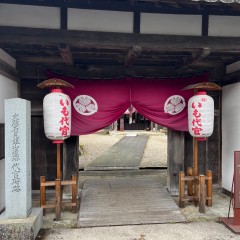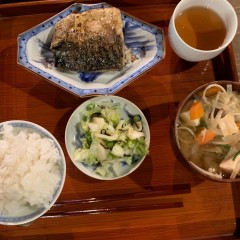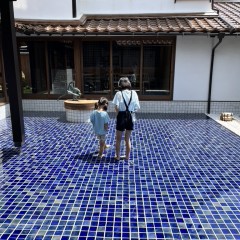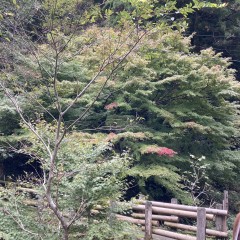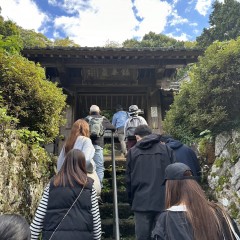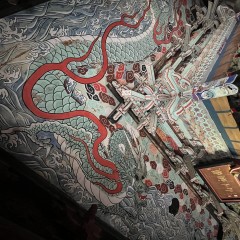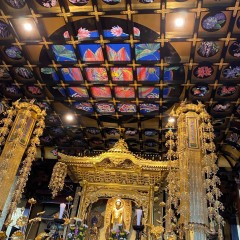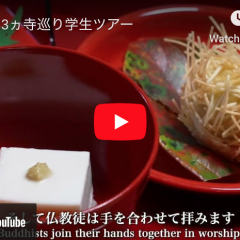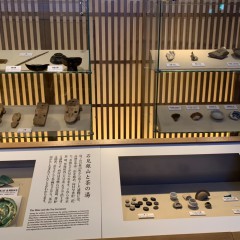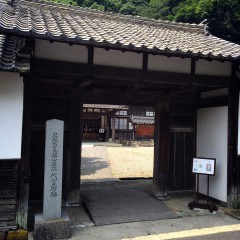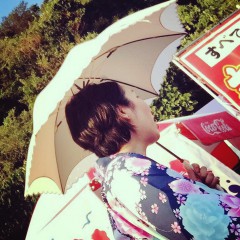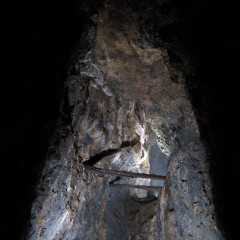Sekushu-Washi Kaikan
Sekishu-Washi Kaikan(石州和紙会館)” is a place where we can experience making washi and learn culture and history of Sekishu-washi. “Sekishu-washi is a traditional handmade Japanese paper which has been produced in the Iwami region for 1,300 years. The name “sekishu” comes from the fact that it was first produced in Sekishu, which is now called Iwami. It is also known as Sekishu-banshi(石州半紙).
【How to make “washi”】
1, Harvesting
Washi is made of three kinds of plants that grow in the Tsuwano area, kozo(楮), mitsumata(三椏) and ganpi(雁皮). These branches used for raw materials are usually harvested between December and January. The branches are cut off diagonally to avoid rain water rotting the wood.
2. Steaming
Branches are steamed in a process called seiromushi (せいろ蒸し). Only few people are needed for this part of the process. Seiromushi makes it easier to strip the braches of their bark. ![process3[1]](http://iwamitravelguide.files.wordpress.com/2011/05/process313.jpg)
3. Drying
After stripping the branches, the bark is tied up in bundles and dried outdoors. After drying, the bark is soaked for half a day. When bark get soft, its outer layer is scraped off carefully with a knife. When using kozo(楮), the skin should be left so that the washi becomes tougher andbetter quality.
Bark is boiled into a big vat containing 12 percent soda ash and it is boiled for two hours.
6. Remove impurities
Put boiled bark in pure water and all the impurities are picked out by hand. This is a very time consuming process.
7. Whipping
After all the impurities are taken off, bark is put on wooden boards and people beat them with an oak stick to break the fibers. It helps make the washi smooth.
8. Making paper
Water, bark and tororo-aoi wre put together in a big vat and mixed with a stick. Then they are filtered on a wooden-framed bamboo screen to form sheets. To form sheets, three steps called “Kazushi”(数子), “Choshi”(調子) and “Sutemizu”(捨水) are used and these steps are the very important skills of making washi. Kazushi is to form paper. Choushi is to intertwist fibers and to make layers. Sutemizu is the final step which means to drain off the water from sheets. ![process12[1]](http://iwamitravelguide.files.wordpress.com/2011/05/process1211.jpg)
9. Sheets are stacked in layers and pressed with a weight for a day until all the water squeezes out. Then the sheets are brushed onto wide boards and dried outdoors.![process19[1]](http://iwamitravelguide.files.wordpress.com/2011/05/process1911.jpg)
Here is the movie of making of Sekishu-Washi. →→ Click!!!
In addition, the sekishu techniques and methods used for sekishu-washi have been completely preserved by crafts people of Misumi Town. But recently the number of people who make Sekishu-washi are decreasing so “Sekishu-washi Kaikan” was built to preserve the tradition and to tell people its unique techniques. In 2009, sekishu-hanshi was designated a traditional craft.
You can also try making washi at the Sekishu-washi Kaikan. Here is more detail.
AIko Hayashi

![process5[1]](http://iwamitravelguide.files.wordpress.com/2011/05/process512.jpg)
